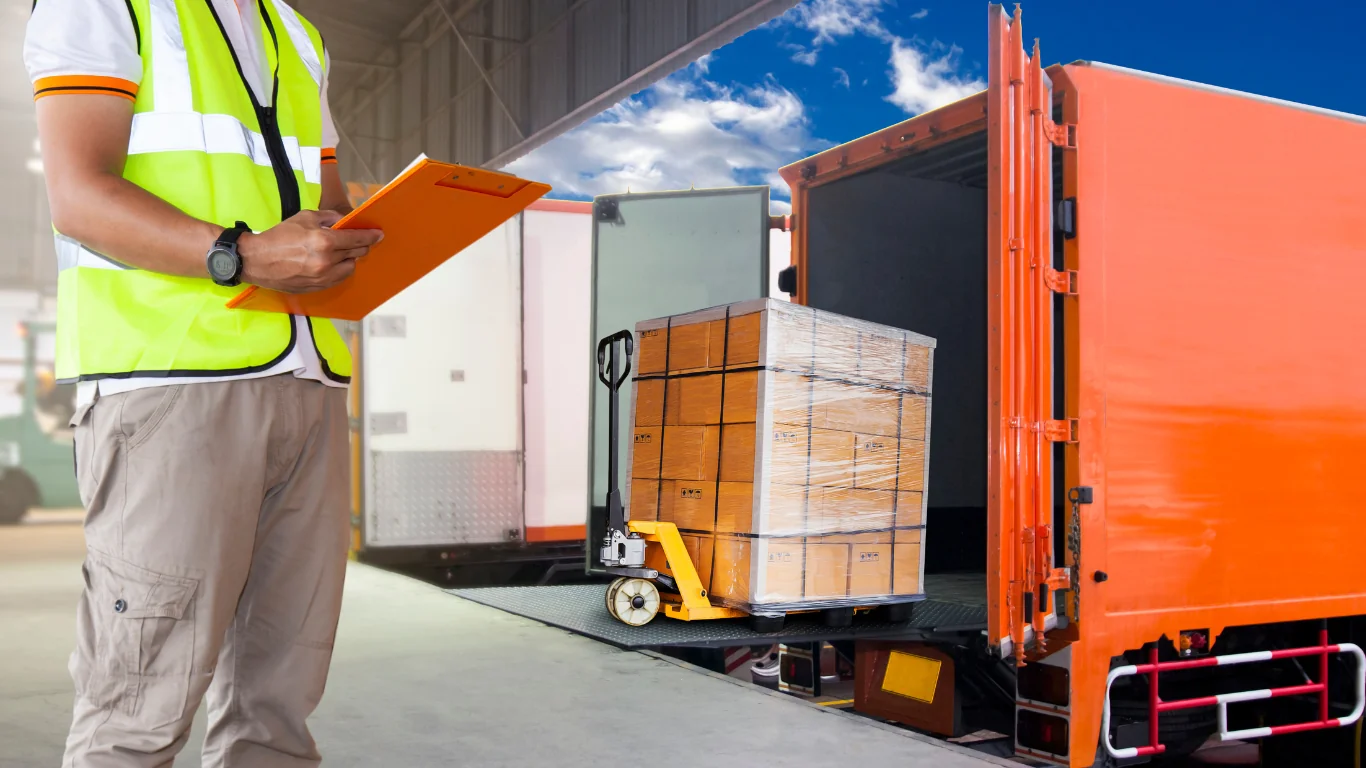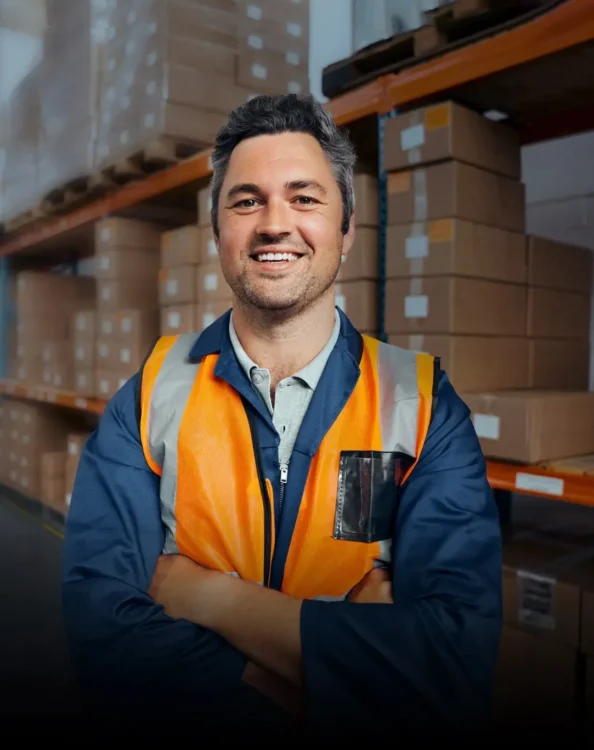You may be a consignor (shipper) or a consignee (receiver); mistakes can happen, and obstacles arise, creating headaches for everyone. But luckily, we’re here to help. We’ve put together 5 ways consignors and consignees can reduce shipping stress. Less stress, less mess! Let’s get started!
Which One Is Which?
If you are not familiar with the terms consignor and consignee, it’s easiest to think of them this way:
- The consignor is the shipper, the person or entity that sends the shipment.
- The consignee is the recipient, aka the person or entity that receives the shipment.
Some of the stressful situations with a freight shipment happen because the consignors and consignees haven’t communicated clearly with each other. You don’t want to wait until there is a problem to communicate. As the saying goes, the only dumb question is the one that isn’t asked. So, communicate, ask questions, and ensure everyone is on the same page throughout the shipping process because communication between all parties is crucial to a successful shipment. Now for the 5 stress-relieving tips!

Reduce Shipping Stress For Consignors
5. Photograph Your Freight
Before you package your shipment, take photos of the cargo itself so you have documentation of what it looked like before being packaged and shipped. Then, after you’ve packaged your freight, take photos of every piece of the shipment and send all of the photos to the consignee. This gives you and the person receiving the shipment proof of what the cargo and the packaging looked like before shipping. You and the consignee can use the photos to compare the condition of the cargo before it was picked up with its condition after it arrived. This is especially important should any issues or damages occur during transit.
Because the importance of proper packaging cannot be overstated, be sure that you also package it properly in addition to taking photos of your freight. For a more comprehensive look at freight packaging, visit our Guide to Freight Packaging, which explains different types of packaging and some more packaging best practices.
4. Label Your Shipments
Put at least two shipping labels on each handling unit. What’s a handling unit? Here are two examples:
- Six boxes on one pallet are considered one handling unit.
- Four boxes on one pallet plus one palleted crate equals two handling units.
Every piece of your shipment that will be handled distinctly by the driver is a handling unit. Ensure the labels include your name, the consignee’s name, and any registration numbers that will make your package stand out from all the other freight being shipped by that carrier. This is where proofreading your labels and making sure everything is legible comes in.
If you have stickers with your company name and logo on them, put them on every side of your shipment. Your freight will be moved multiple times before it’s delivered and will share space with hundreds of other shipments. Make it stand out.
Also, help your labels withstand the elements! If your shipment is moving through snowy or wet conditions, be sure to laminate them so they don’t get damaged in transit. If you’re not sure if your freight is traveling through wet or snowy conditions, err on the side of caution and laminate your labels. You only need one little sprinkle to make labels impossible to read or scan.
Reduce Shipping Stress For Consignees
3. Inspect Cargo Thoroughly at Delivery
Inspect the cargo thoroughly before signing the Proof of Delivery (POD) document. Record on the POD any dents, scratches, and marks on the cargo, including the pallet, wrapping, and crating. A problem with the outside packaging can be a tell-tale sign of a problem on the inside.
Use the photos sent by the consignor to ensure that the packages look as good on delivery as they did before they were picked up. Also, count the pieces to ensure that they all arrived.
Proving that freight was damaged or lost in transit is much more difficult if the POD is signed and you haven’t noted the issues on it. While the driver will not be able to wait for you to open the packages so you can check for concealed damage, noting any damage to the packaging on the POD will make it more likely that the carrier will accept liability for any concealed damage later on.
2. Be Ready to Take Delivery
Make sure you or an authorized representative are on site to receive the delivery. If there are specific hours of the day when no one will be available, inform the consignor before the cargo is picked up so they can note those hours in the shipping paperwork. As we said before, communication is key!
1. For Consignors and Consignees
One of the biggest causes of billing adjustments is shippers not reporting which accessorial services they need for their shipment from the start. Shippers need to ask themselves important questions when setting up a freight shipment:
- What kind of location is the delivery address? Is it a business with a loading dock with personnel to receive a shipment during normal business hours? A residence or home-based business? A limited access location such as a school, military base or construction site? The consignor and consignee must communicate this before the cargo is shipped.
- Will a lift gate be necessary? In most cases where there is no loading dock, the delivery vehicle will require a lift gate to lower the freight from the truck to the curb. Once again, transparent communication between the consignor and consignee must happen. This information is needed to get the most accurate freight quote.
- Are any special handling services required? All services the driver performs outside the basic curbside pickup and delivery services are charged. Inside delivery and Final Mile services need to be determined beforehand if they will be needed.
Reduce Shipping Stress by Partnering with FreightCenter
As a consignor, you have unique products you need to ship. As a consignee, you are excited to use those unique products you purchased from the consignor. Here at FreightCenter, we work hard to reduce shipping stress. We want to ensure a seamless shipping process for all parties involved. Regarding coordinating shipments between consignor and consignee, nobody does it better than FreightCenter. Our expert shipping agents help both parties step-by-step to make shipping freight easier and stress-free. Whether you’re shipping from California to Iowa or Canada to the U.S., we’re here to help!
Start your hassle-free shipping by getting a free online quote or call 800.716.7608.

